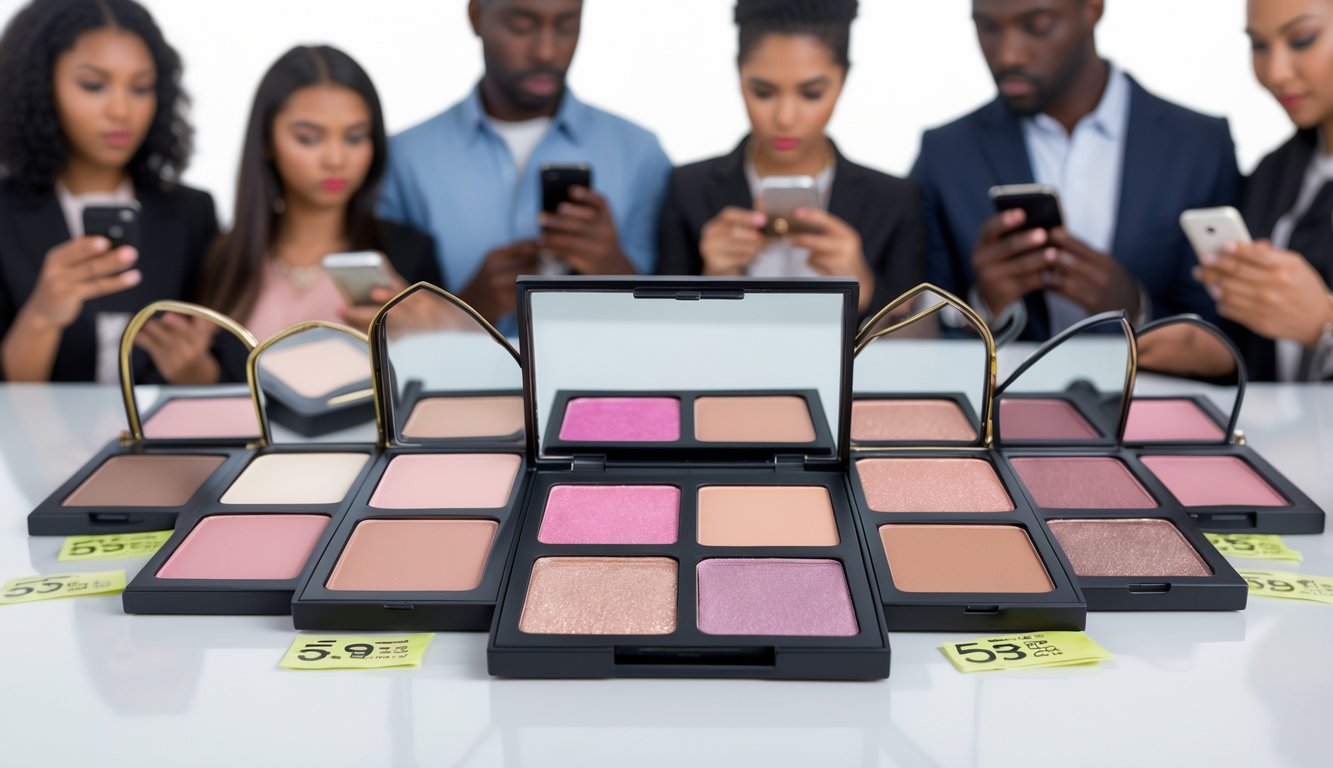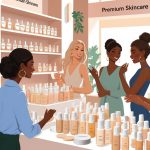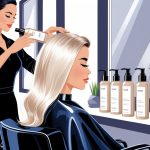Hidden Markups on Eyeshadow Palettes Discovered by Smart Shoppers
Major Brands and Their Hidden Markup Practices

Wild how you blink and suddenly there’s a $54 palette in your cart, full of ingredients worth maybe three bucks. Big brands hike prices for a fancy box, a “limited” collab, or just because they can. Industry folks love saying “compound markup,” but at checkout, it means nothing—except the price triples by the time it hits shelves. See the retail math for yourself.
Urban Decay and Too Faced
Urban Decay, for example—why do “fun colors” cost so much? I’ve heard from people in the biz: Naked palettes cost $6–$7 per unit, packaging and all, but sell for $50+. Supposedly it’s “quality” and “innovation,” but the ingredients look the same as everyone else’s. Too Faced? Their Chocolate Bar palettes smell like cocoa, but a perfumer told me that costs pennies. Still, between the tins and influencer hype, a $6 palette becomes $49. Markups stack up fast in the premium niche, and consultant Julia Kinsman once told me, “It’s mostly marketing and perceived prestige. Real manufacturing costs? Never public.” Transparency? Still as clear as blue shimmer.
Pat McGrath Labs and Natasha Denona
Let’s just say it: Pat McGrath Labs is still frying my brain. Blink and you’ll miss Pat herself hyping up “next-level pigment,” but, honestly, it’s just ethylhexyl palmitate and talc—yeah, I checked, because I’m paranoid like that. And the Mothership palettes? In 2023, a retailer told me those things hit $120+, even though making one (including the shiny case) costs less than $15. That markup only makes sense if you buy into the whole luxury brand fantasy—her name alone somehow multiplies the price. Natasha Denona? I once got side-eyed for saying Biba’s $129 price tag was wild, but, come on, those 2.5g pans are barely bigger than samples you’d get thrown in for free. Economists call this “positional pricing,” which is just a fancy way of saying you’re paying more so you can flex that you paid more. Transparency Index data from 2023? Only about half the big luxury brands even admit where they make their stuff—Vogue Business has the receipts. I tried emailing Denona about where her ingredients come from. Ghosted, obviously.
Anastasia Beverly Hills and Charlotte Tilbury
Okay, at least Anastasia Beverly Hills actually packs in pigment. I’ll give them that. The payoff’s better than a lot of so-called “luxury” brands. But then you see Soft Glam at $45, and if you dig into how much it costs to make in the U.S., it’s like $7. Limited editions? Same formula, different shades, maybe a bit more shimmer, but the price jumps again. Charlotte Tilbury, though—don’t even get me started. $55 for one of her quads and it’s barely over 5g. Ingredients? Practically a copy-paste of palettes you’ll find for $10 in European drugstores. I overheard a chemist at a trade show joke, “You’re paying for the rose gold, not the mica.” Not even kidding, sometimes you peel off a sticker and the mica batch number’s the same as Morphe’s. Raw materials all come from the same handful of suppliers anyway, so why pretend?
ColourPop, NYX, Morphe, and More
ColourPop doesn’t bother with dramatic launches. Their $12 palettes? Made in L.A.—I’ve walked through the factory. It’s chaos, but they crank out new shades in weeks. NYX? They spend on events, not packaging, hoping fast sales make up for tiny margins. Morphe? If you’ve ever wandered a trade show, you’ll see their big palettes in the same private label booths as Makeup Revolution and Essence. I mean, sometimes it’s literally the same plastic mold, just a different sticker. A lab tech once told me the price difference between a Morphe 35-pan and a Catrice palette is barely a dollar. The influencer collabs are what jack the price, not the actual shadows. Tip: Big retailers sneak in extra markups you won’t see at checkout—look up “profit partners” if you want to ruin your day. Here’s a breakdown on hidden fees. Your receipt gets heavier every year and nobody talks about it.
How Markups Affect Eyeshadow Palette Selection
So picture this: I’m dusting off swatch fallout, staring at a $60 palette, then glancing at a $20 lookalike. Why? Pigment? Marketing? Or is it just some secret handshake in the ingredient list? You only find out after you’ve wasted hours on private-label deals that barely even try to look different. My eyelids are basically stained from “testing.” I regret nothing, except maybe the red ones.
Choosing the Best Eyeshadow Palettes
Packaging always gets me—holo covers, magnetic snaps, the works. Then I realize I only use like three shades, every single time. I still fall for value breakdowns, but price per gram? Not as helpful as everyone claims. “Performance outweighs pan count,” a chemist once said, holding an 80-shade monster. My spreadsheet disagrees, but then I’ll try a so-called “buttery matte” and it’s just chalk. If a shade won’t blend, it doesn’t matter how many trendy colors they squeeze in.
I have three untouched palettes in my drawer right now. Tables comparing color stories never explain that. I’ve dropped fifty bucks on “must-have” launches only to realize half the shades are useless filler. Markups don’t care if you never touch that lime green.
What to Look for: Finishes, Shades, and Versatility
Once bought a six-pan palette—five satins, one glitter. “Versatile,” they said. Sure. “Velvet shimmer” swatches always look better online. I kind of trust MAC more than random TikTok brands, but everyone claims their formula’s the best now.
You want payoff that’s bold but doesn’t stain. “Buildable” usually means low pigment. A PR person admitted their nude palette was “subtle on purpose,” which is code for “weak.” I pick palettes now based on true matte vs. satin, not just the hottest promo. And when brands put two blues side by side? Looks cool in photos, but how many blue looks do you really wear?
If a palette swatches with your finger but won’t pick up on a brush, walk away. The color story’s bait—real versatility is easy blending and finishes that actually work for day or night, not just for Instagram.
Matching Palettes to Skin Tones and Makeup Looks
Holiday launches? Usually ignore undertones completely, unless you squint at the fine print or, weirdly, the ingredients. I’ve bought “universal neutrals” that turn chalky or vanish on medium skin. Beige apparently means pink to some brands.
A dermatologist once told me—while swatching on her arm—that my creasing issues are because I skip primer, not because of the palette price. Maybe she’s right, but my friend with deep skin never finds a highlight shade that works unless she mixes two. Lazy curation, every time.
Sometimes the “universal” palette isn’t even close. Private-label palettes with identical formulas and undertones can sell for wildly different prices. My favorite look is warm taupe with metallic copper, but I’ve never found one palette that does both and flatters everyone. Singles are easier, but then brands can’t pad the price.



